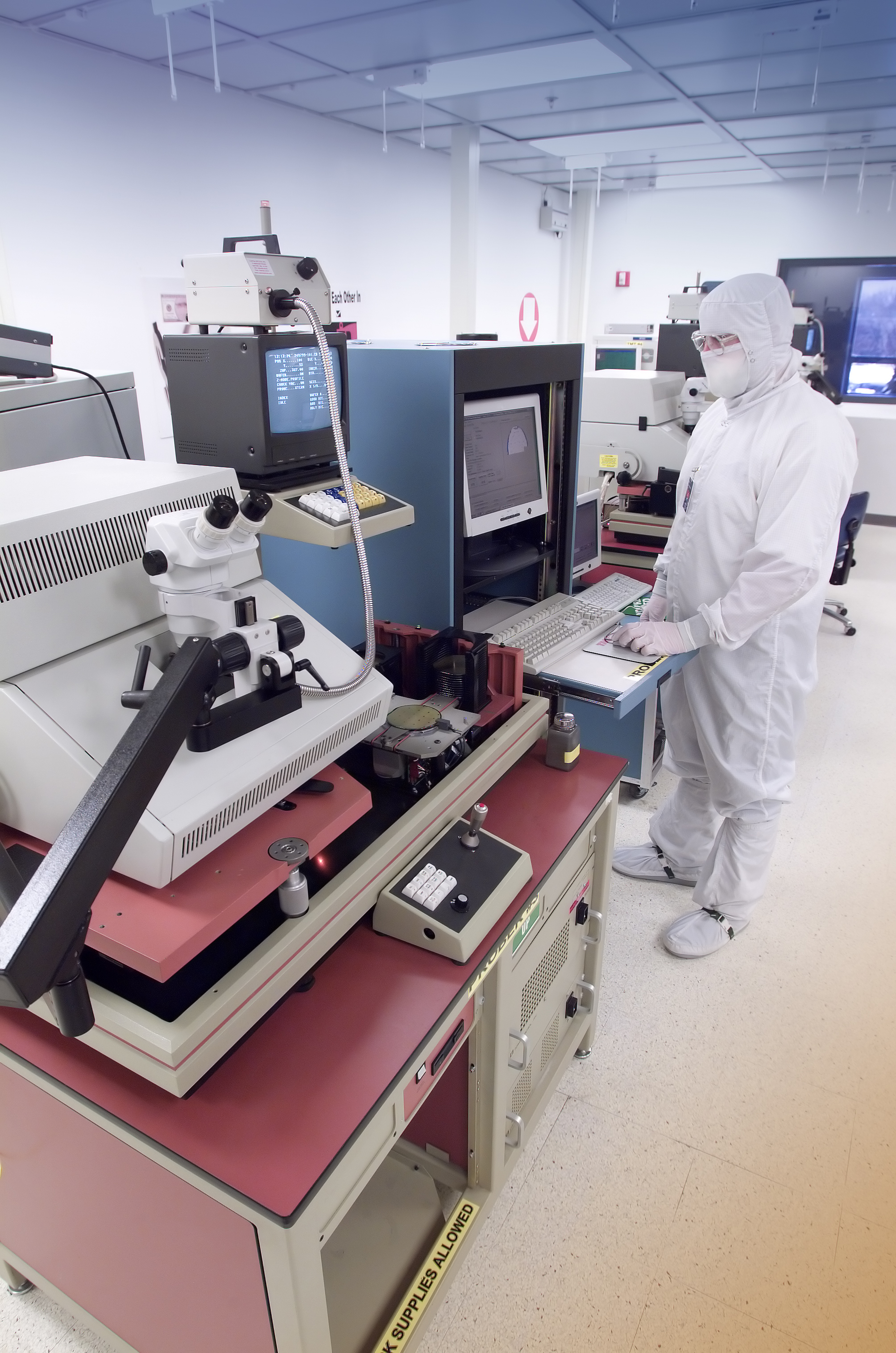MACOM UPDATES
- Articles
Understanding Diode Terminology

RF and microwave diodes come in multiple different offerings, ranging from PIN and varactor to Schottky diodes. Manufacturers often specify these diodes by parameters which can be measured without the need for a diode to be permanently connected to an external circuit.
What do the terms, abbreviations and symbols on RF and microwave component datasheets mean? To make it easier, we’ve compiled a list of common diode terminology you’ll find on datasheets:
|
Diode Parameter |
Symbol |
Definition |
|
(Avalanche) Breakdown Voltage |
VB or VBR |
The reverse bias voltage at which a diode junction enters avalanche breakdown. For most types of RF and microwave diodes, this region of operation is to be avoided. |
|
(Minority)(Carrier) Lifetime |
TL or t |
The mean time a free charge carrier exists in a diode junction immediately after its bias has transitioned from a forward bias current to a reverse bias voltage. Minority carrier lifetime is related to the amount of charge a diode stores while forward biased and is typically defined for a specific combination of forward bias current and peak reverse current. |
|
Capacitance Ratio |
CTx/CTy |
The ratio of the capacitance a diode produces with applied reverse bias voltage VX to its capacitance with applied reverse bias voltage VY |
|
Forward Bias Voltage |
VF |
Voltage polarity which is applied to a diode junction which produces current flow. For example, the positive side of a voltage connected to the anode of a diode and the negative side of the voltage applied to the diode’s cathode is the forward bias condition. |
|
Forward Current |
IF |
The current that flows in a diode when a forward bias voltage is applied. |
|
I Layer Length |
W |
Also known as I layer width. The mechanical thickness of the intrinsically-doped layer of a PIN diode. This parameter heavily influences many of the electrical properties of a PIN diode, including switching time, distortion performance, series resistance, capacitance, etc. |
|
Junction Capacitance |
CJ |
The capacitance of a diode which results from the diode’s depletion region acting as dielectric layer separating two conductive regions, the anode and the cathode layers. This capacitance is produced by the semiconductor die only. |
|
PIN (or p-i-n) Diode |
|
A three-layer diode, consisting of a heavily-acceptor-doped anode layer and a heavily-donor-doped cathode layer sandwiched around a very lightly-donor-doped layer known as the intrinsic layer |
|
Reverse (Leakage) Current |
IR |
The current that flows between a diode’s anode and cathode terminals when a reverse bias voltage is applied. This is a non-ideal characteristic of a semiconductor diode and is generally orders of magnitude larger than reverse saturation current. |
|
Reverse Bias Voltage |
VR |
The voltage polarity which is applied to a diode junction to prevent current flow. For example, the positive side of a voltage source connected to the cathode of a diode and the negative side of the voltage source applied to the diode’s anode is the reverse bias condition. |
|
Reverse Recovery Time |
TRR |
The interval required for the reverse bias current to substantially decay, immediately after the forward bias current is changed to a reverse bias voltage. TRR is similar in concept to TL. The primary difference is the magnitude of the forward and reverse biases are typically much larger for TRR than for TL measurements. |
|
Reverse Saturation Current |
IS or IO |
The tiny current which flows when semiconductor diode junction is under reverse bias. This current comprises thermally-generated free minority carriers (electrons in the anode layer, holes in the cathode layer) which flow in the reverse bias direction. This current is temperature dependent and its magnitude is typically in the nanoamperes order of magnitude. |
|
Schottky Diode |
|
A diode whose rectifying junction is formed by intimate contact of a metal and a doped semiconductor. A Schottky diode operates with majority carriers only. |
|
Series Resistance |
RS |
For PIN diodes: The RF resistance presented primarily by the diode’s I-layer as a function of a specified DC forward bias current For Schottky diodes: The slope of the diode’s current vs. voltage characteristic at a specified forward bias current For Varactor diodes: The RF resistance presented primarily by the diode’s un-depleted cathode layer as a function of a specified DC reverse bias voltage |
|
Total Capacitance |
CT |
The parallel combination of a semiconductor diode’s junction capacitance (CJ) and the parasitic capacitance of a package in which the die resides. |
|
Varactor Diode |
|
A pn junction device whose cathode layer has a tightly controlled doping concentration. The thickness of the diode’s depletion layer is a function of the magnitude of the applied reverse bias voltage, the area of the diode’s junction and the doping concentration of the cathode layer. |
For more help with definitions of RF and microwave diode parameters, contact your MACOM applications engineering team here: https://www.macom.com/support.